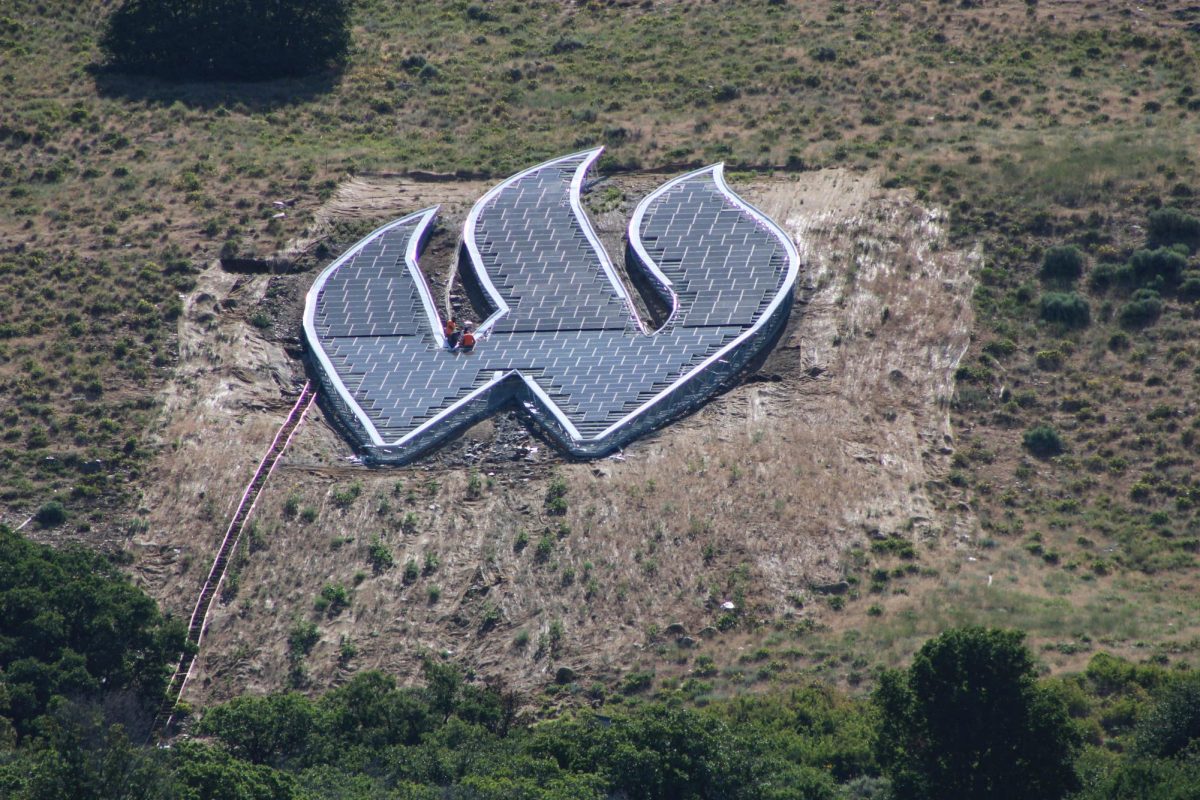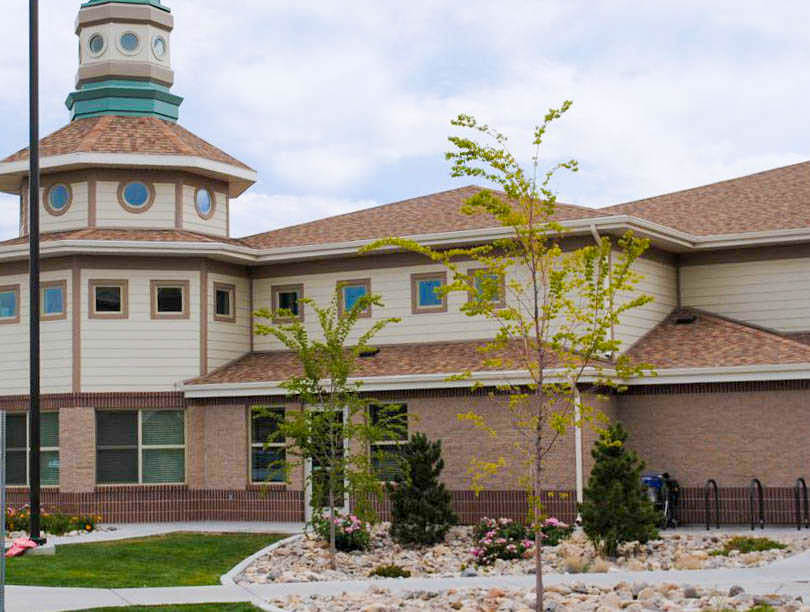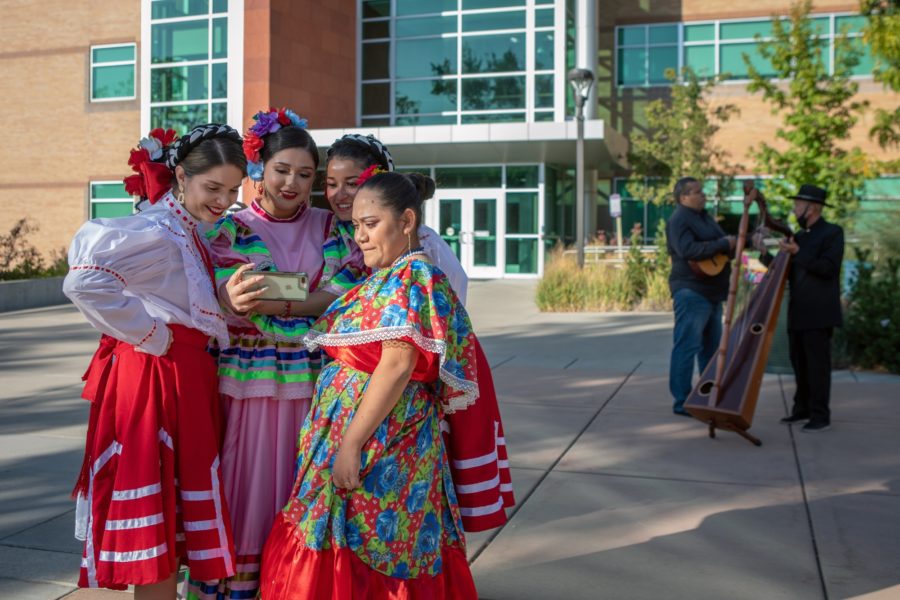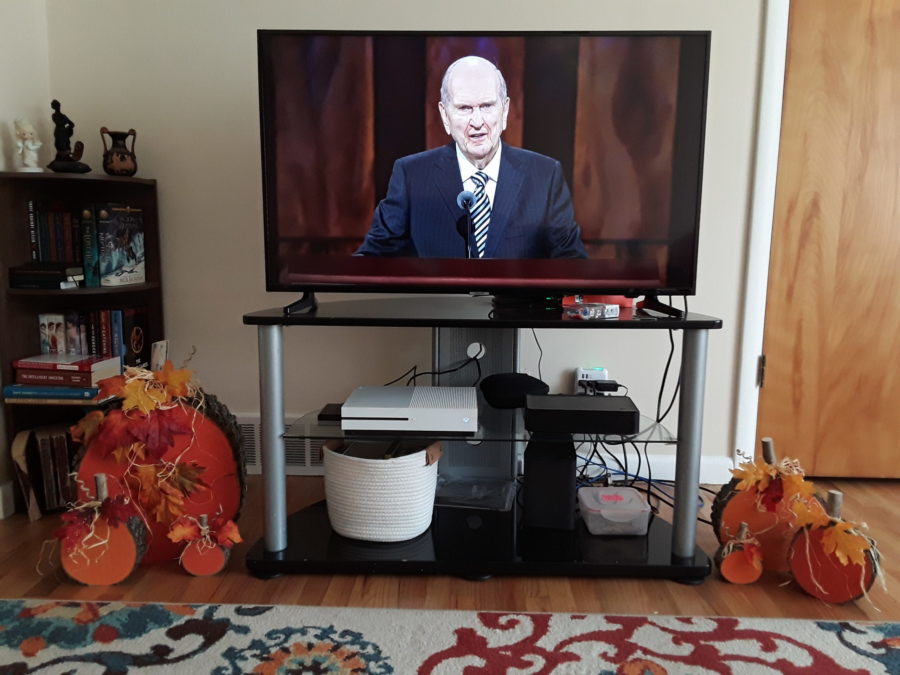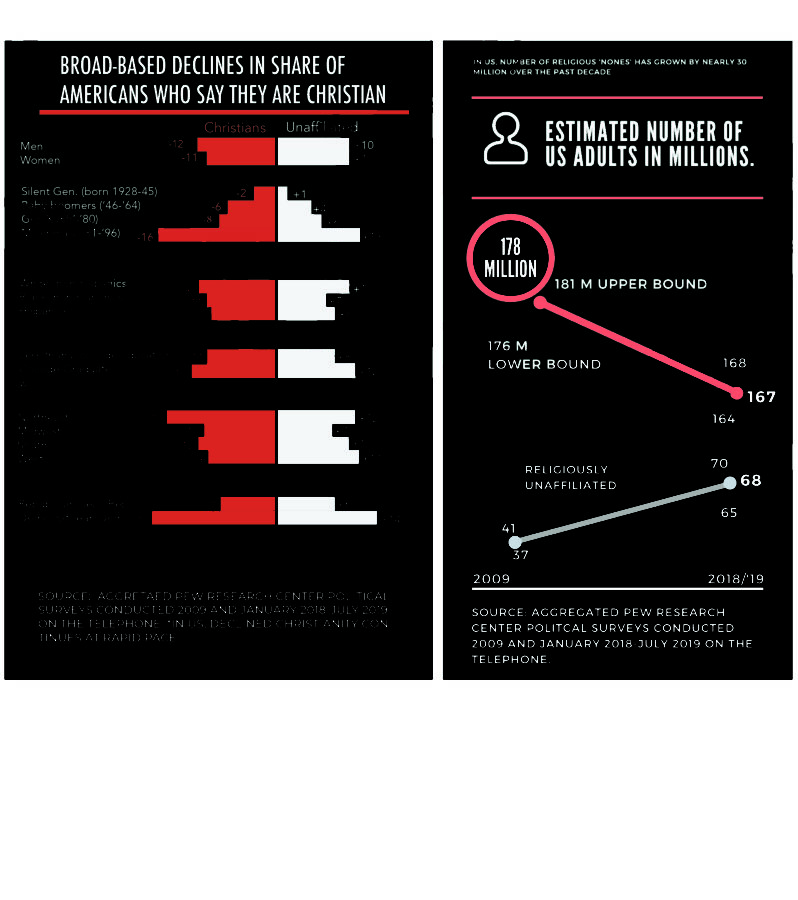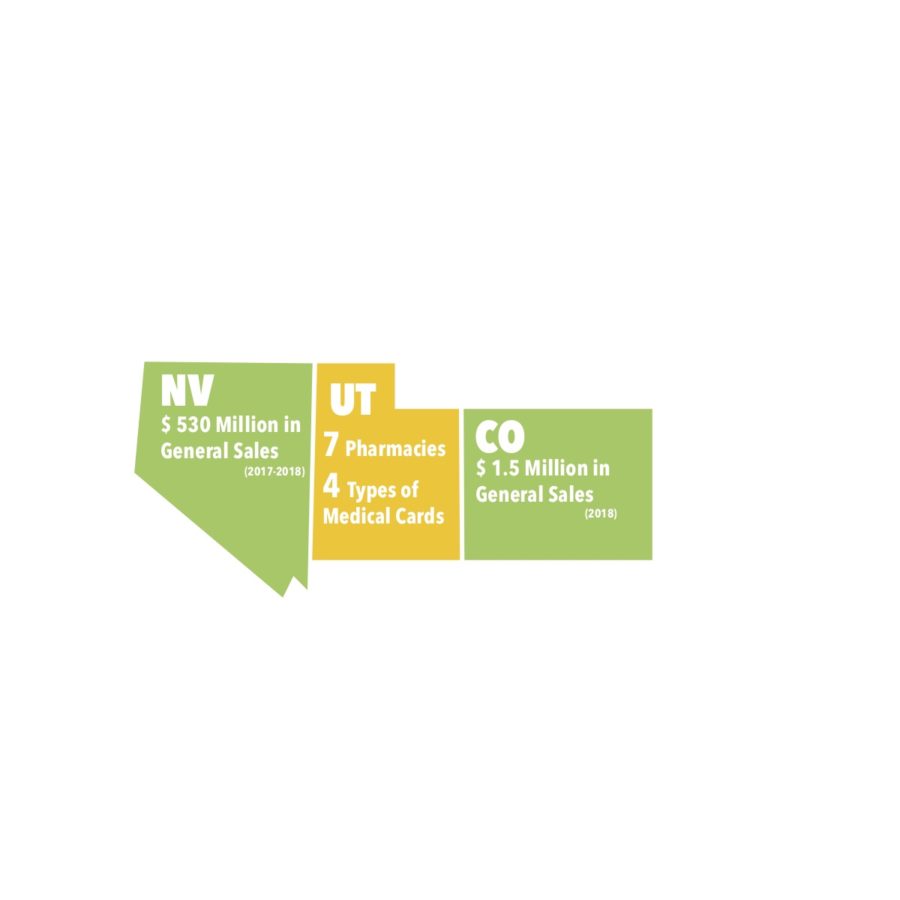
Utah’s declining quality in air and water were hot topics in a discussion on Friday in the Wildcat Theater. The Ogden LDS Institute of Religion and the WSU Environmental Issues Committee sponsored Mormonism and the Environment, a panel discussion on environmental issues in the context of Latter-day Saint theology.
George Handley, a professor of comparative studies and interdisciplinary humanities at Brigham Young University, said many doctrines exclusive to the Church of Jesus Christ of Latter-day Saints touch on environmental issues.
He explained the LDS belief that everything is a spiritual creation first, and the idea that all things have souls, and that the earth becomes celestial and is the final destination for people after judgment.
“The LDS tradition has the strongest doctrine on environmental issues in the Judeo-Christian tradition,” Handley said.
Joining Handley on the panel were Rebecca Whipple, chair of the LDS Earth Stewardship, a grassroots organization that promotes sustainability and responsible use of resources within the LDS community; Bill Williams, an architect for the LDS church; and WSU business professor Shane Schvaneveldt.
After describing the LDS doctrinal background for environmental issues, the panel discussed possible reasons for the Utah population, which is 60 percent LDS, not doing a better job taking care of its world.
Whipple said people in the church are discussing more divisive and flashy issues like same-sex marriage and women’s ordination.
“Environmental stewardship is in the background in LDS culture,” she said.
Williams said part of it is the cultural mindset in the West about land ownership rights.
“There is a great respect of being able to do what you want with the land that you own,” he said, adding that everyone must find a way to balance private property rights with conservation.
Schvaneveldt talked about the political division on environmental issues and how Democrats generally favor more regulations and restrictions, while Republicans usually don’t.
“The politicization of the environmental issues is unnecessary,” he said.
Schvaneveldt also mentioned using different words to talk to LDS members about issues related to the environment, saying the LDS focus of “turning the hearts of the fathers to the children and the hearts of the children to fathers” is a way to discuss making sure there’s land for future generations.
He also talked about the LDS focus on thinking of environmental debt as one would financial debt, because “if we take more water than we need, then we’re in debt to the environment.”
Handley quoted from The Book of Mormon, which refers to “people being taken up in the pride of their hearts and wearing costly apparel,” pushing the LDS principle that people should live on less and save their means.
Handley said that, to help the environment, people should take time to appreciate the natural world, starting with home economics by paying attention to what they eat and what they wear, and educating themselves on environmental issues a little every day.
Williams said the church is conscious of environmental issues when it builds temples and meeting houses, including the Conference Center in Salt Lake City, which had green roofs before green roofs became fashionable.
“Former president of the LDS church Gordon B. Hinckley would make sure that temples would be built along public transportation routes so people wouldn’t have to drive,” said Williams, mentioning that some problems are with zoning laws that require a minimum number of parking spaces with buildings. He said people should go to their city council meetings and ask for these laws to be changed.




